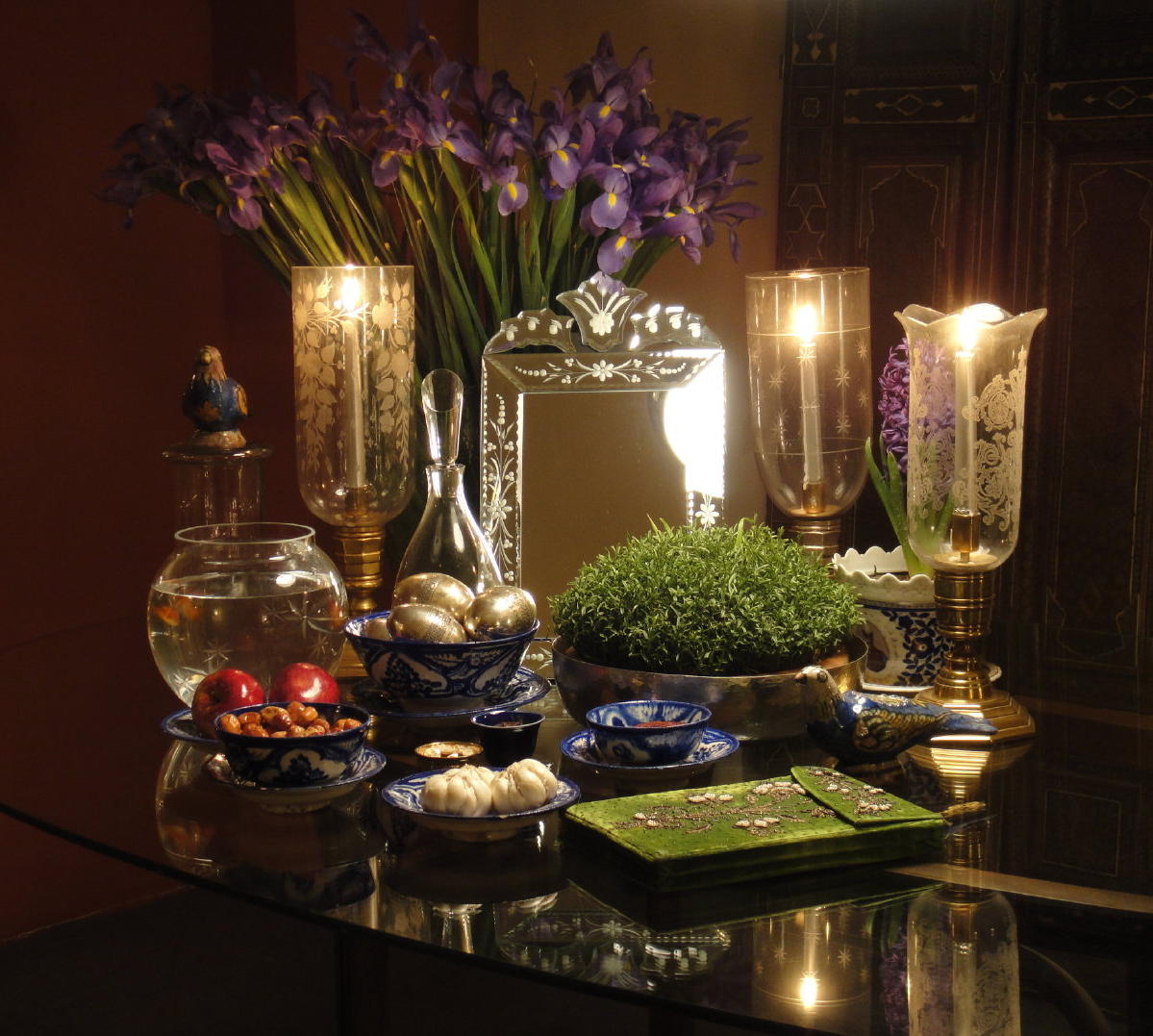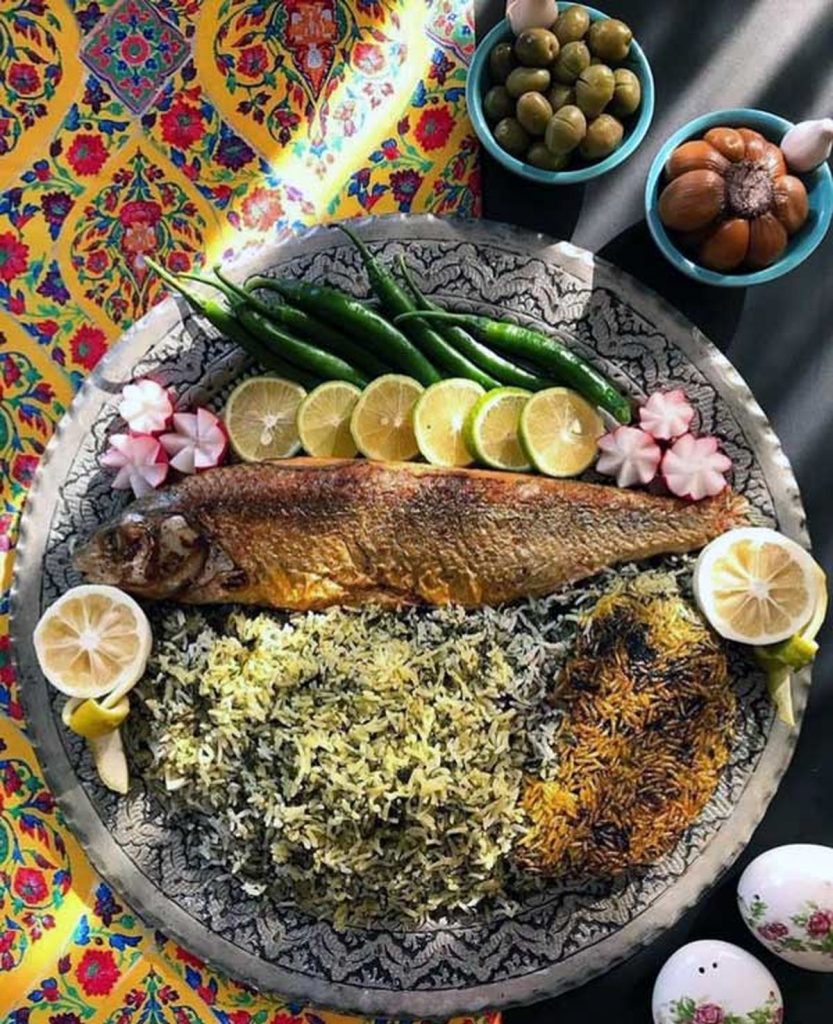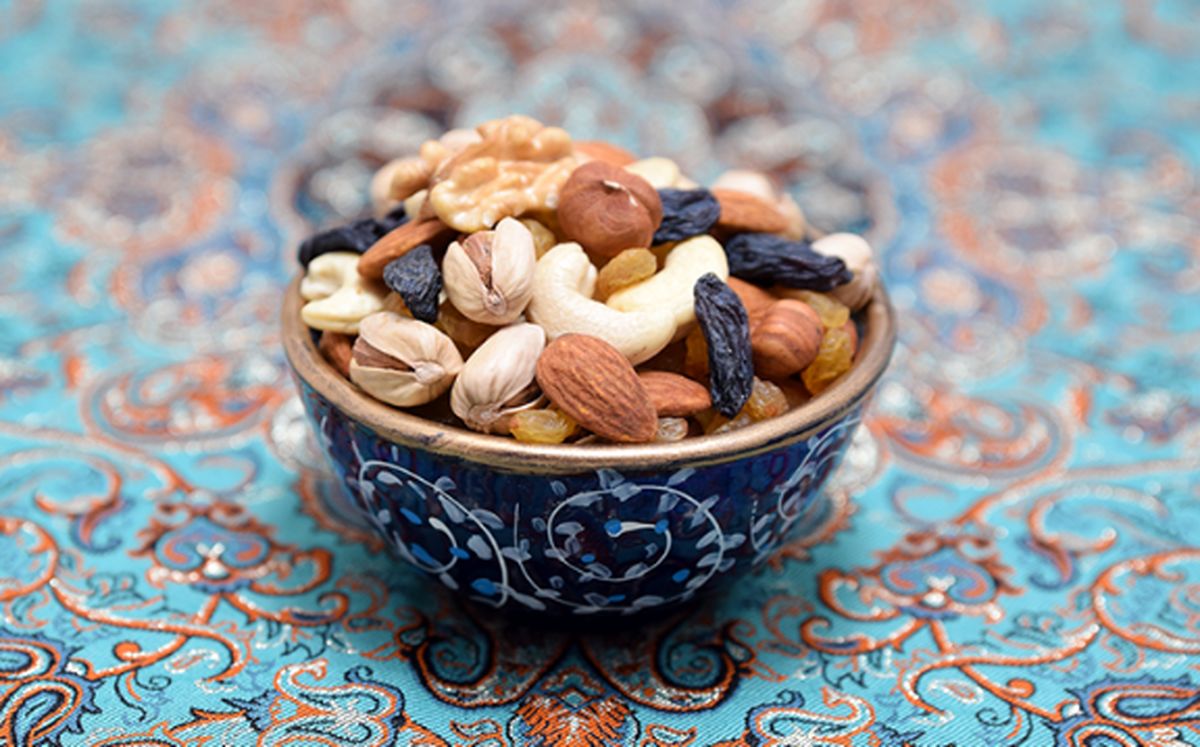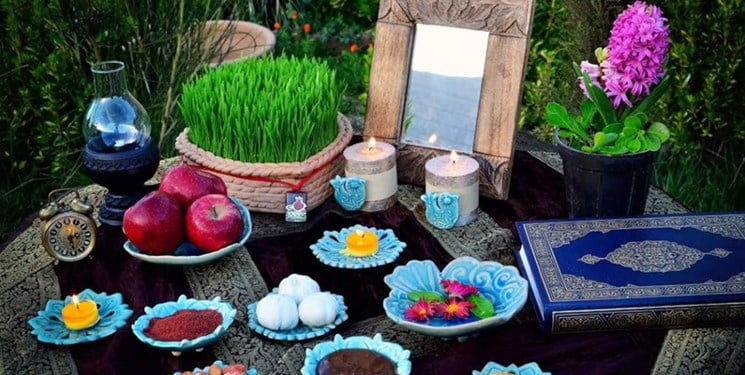Nowruz, the Ancient Persian New Year Explained
For over 300 million people around the world, Nowruz is one of the most important days of their calendar as they celebrate the new year.
Nowruz (New Day in Persian) is believed to have been started by Zoroastrians some 3000 years ago on the first day of spring. Just as spring is a time for rebirth, the Persian New Year is a time to celebrate new life. Nowruz is celebrated on the spring equinox.
This celebration of spring is filled with symbolism around rebirth and renewal, just as spring is a time when life is coming back after a long, cold winter.
As part of the celebration, across the region, homes are decorated and cleaned in preparation to welcome spring. But one ritual is more important than most.
“Haft-seen” is the name of the special table of Nowruz, the Festival of historic Persian New Year and the beginning of spring. This table is made up of seven items that start with the letter “S” in Persian, in fact, haft-seen literally means “seven S letters.”
According to some old wives’ tales, the table was originally called “Haft-sheen” (seven Sh letters) and that people used to put seven things on it that start with that letter.
Sh: Sham’ (candle), Shahd (honey), Shirini(sweets), Sharab (wine)… After the Arab conquest of Persia, Sharab (wine) was considered sinful, and therefore it was replaced with Serkeh (vinegar), subsequently, the rest of the table items were replaced with ones starting with the letter S.

Every item that is placed on the contemporary Haft Seen table symbolizes something positive for the coming year:
- Sumac (crushed spice of berries): For the sunrise and the spice of life
- Senjed (sweet dry fruit of the lotus tree): For love and affection
- Serkeh (vinegar): Patience and age
- Seeb (apples): For health and beauty
- Sir (garlic): For good health
- Samanu (wheat pudding): For fertility and the sweetness of life
- Sabzeh (sprouted wheat grass): For rebirth and renewal of nature.
The Haft-seen spread also includes other items such as a mirror, symbolizing reflection; colored eggs, for fertility; and goldfish in a bowl, which represent life.
There is usually also a book by the Persian poet Hafez (1315-1390), or the Quran. They reflect Nowruz’s power to blend its ancient roots with more recent religious and cultural traditions.
What food do people eat for Nowruz?
On the first day of Nowruz, families gather at the home of their oldest family member.
The traditional New Year meal includes sabzi polo mahi (rice mixed with herbs and served with white fish); ash reshteh (a thick green soup with noodles, chickpeas, and beans); and kuku sabzi (vegetable frittata).

Pastries include baghlava, toot (mulberry); naan-nokhodchi (chickpea cookies with pistachio); and ajeel (dried berries and raisins).

How long does it last?
The festival lasts two weeks and centre on seeing relatives, picnicking, travelling, and eating traditional food. At the end of the festival, you take the wheatgrass you’ve been growing on your altar and you take it down to some running water somewhere. You tie knots in the wheatgrass then throw it into the running water. It would float off along with all your hopes and dreams for the year ahead.
Who celebrates Nowruz?
It is a common misconception that Nowruz is an Iranian-only event. This notion is not entirely accurate, with several countries in Europe and Asia celebrating the coming of Spring as part of remnants of a much older culture that spanned the length of the Persian Empire of yesteryear.
It’s true that many people associate the Nowruz festival with Iran, and publicly before the fall of the Soviet Union, Iran was the only government to officially celebrate the day. However, since several Central Asian and Caucuses countries regained their independence from Russia, they implemented the holiday at the start of Spring, helping give greater recognition of the ancient holiday.
The UN’s General Assembly recognized the International Day of Nowruz in 2010, describing it as a spring festival of Iranian origin, which has been celebrated for over 3,000 years.
Here is the list of countries in Europe and Asia which officially celebrate Nowruz.
- Afghanistan
- Albania
- Azerbaijan
- Georgia
- Iran
- Iraq (Kurdistan region)
- Kazakhstan
- Kosovo
- Kyrgyzstan
- Mongolia (Bayan Olgii region)
- Tajikistan
- Turkmenistan
- Uzbekistan
Meanwhile, several other regions and countries across the world also celebrate the coming of spring, including, people in western China, southern Turkey, Pakistan, Syria, and many areas of southern Russia.


